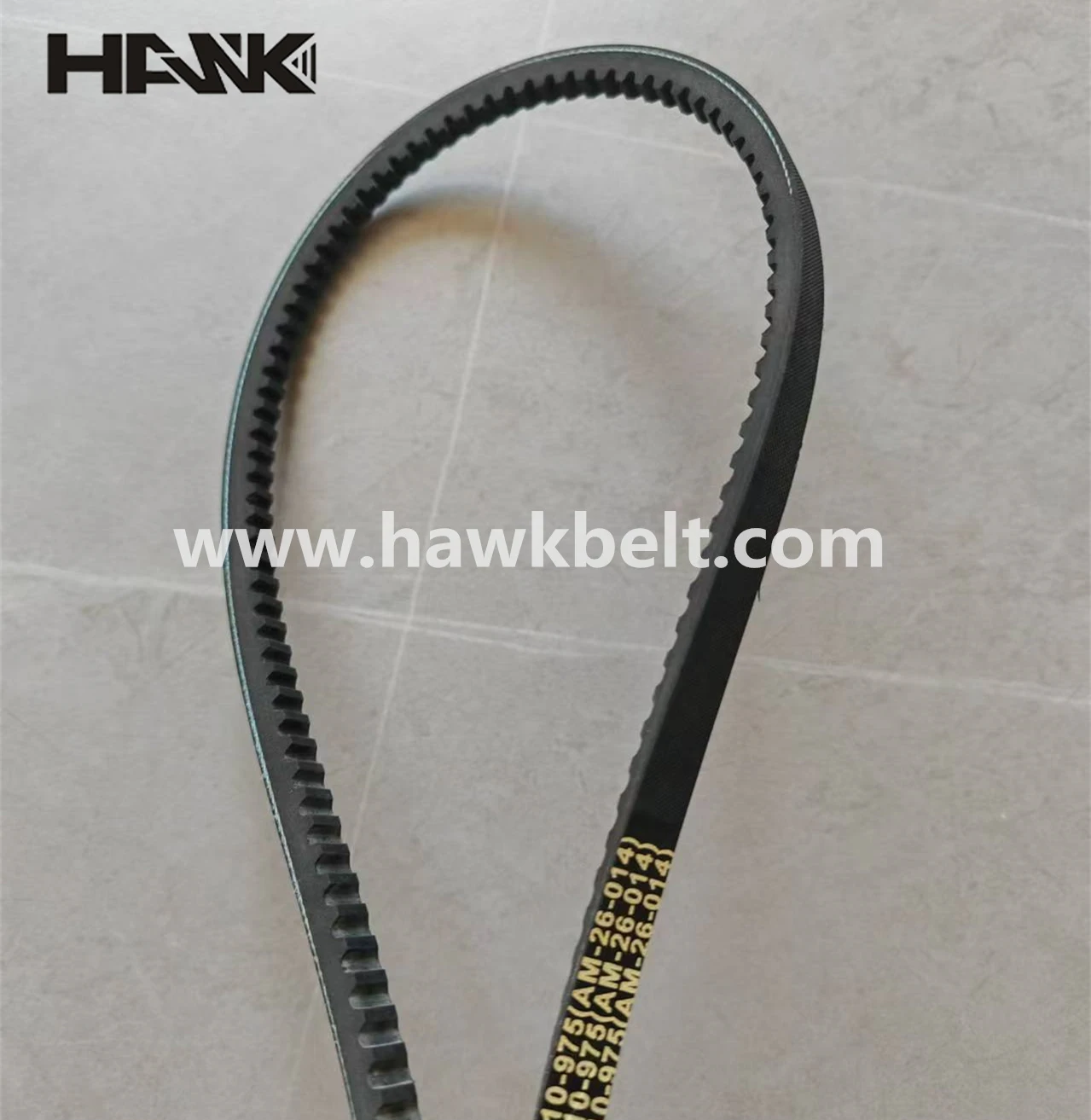- Arabic
- French
- Russian
- Spanish
- Portuguese
- Turkish
- Armenian
- English
- Albanian
- Amharic
- Azerbaijani
- Basque
- Belarusian
- Bengali
- Bosnian
- Bulgarian
- Catalan
- Cebuano
- Corsican
- Croatian
- Czech
- Danish
- Dutch
- Afrikaans
- Esperanto
- Estonian
- Finnish
- Frisian
- Galician
- Georgian
- German
- Greek
- Gujarati
- Haitian Creole
- hausa
- hawaiian
- Hebrew
- Hindi
- Miao
- Hungarian
- Icelandic
- igbo
- Indonesian
- irish
- Italian
- Japanese
- Javanese
- Kannada
- kazakh
- Khmer
- Rwandese
- Korean
- Kurdish
- Kyrgyz
- Lao
- Latin
- Latvian
- Lithuanian
- Luxembourgish
- Macedonian
- Malgashi
- Malay
- Malayalam
- Maltese
- Maori
- Marathi
- Mongolian
- Myanmar
- Nepali
- Norwegian
- Norwegian
- Occitan
- Pashto
- Persian
- Polish
- Punjabi
- Romanian
- Samoan
- Scottish Gaelic
- Serbian
- Sesotho
- Shona
- Sindhi
- Sinhala
- Slovak
- Slovenian
- Somali
- Sundanese
- Swahili
- Swedish
- Tagalog
- Tajik
- Tamil
- Tatar
- Telugu
- Thai
- Turkmen
- Ukrainian
- Urdu
- Uighur
- Uzbek
- Vietnamese
- Welsh
- Bantu
- Yiddish
- Yoruba
- Zulu
Des . 10, 2024 04:22 Back to list
V-Belt Production Facility for High-Quality Power Transmission Solutions
The V-Belt Factory Engineered for Excellence
In the realm of machinery and industrial operations, V-belts play an essential role in the transfer of power from one component to another. These belts are widely used in various applications, ranging from automobiles to agricultural machinery, and their quality can significantly affect the performance and longevity of the equipment they serve. At the heart of this intricate supply chain lies the V-belt factory—a facility dedicated to the design, manufacture, and quality control of these vital components.
Understanding V-Belts
V-belts are named for their distinctive “V” shape, which allows for a more effective grip on pulleys, reducing slippage and increasing efficiency. They are commonly made from rubber, fabric, and synthetic materials, which contribute to their strength, flexibility, and durability. As machinery operates, V-belts endure considerable tension and exposure to a variety of environmental factors, making their reliability crucial for industrial and commercial functions.
The V-belt's design has evolved over the years, inspired by function and technological advancements. Today's V-belts may feature molded ribs and unique profiles that cater to specific applications. Success in manufacturing these belts hinges on understanding material science, mechanical engineering, and process optimization.
The Manufacturing Process
A typical V-belt factory operates under stringent quality control measures to ensure that every product meets industry standards. The manufacturing process begins with the selection of high-quality raw materials. Chemists and engineers collaborate to formulate rubber compounds that provide the necessary flexibility and resistance to wear and tear.
Once the raw materials are acquired, the production process begins. It encompasses several key steps
1. Extrusion The rubber compound is shaped into the initial form of the belt. This involves forcing the material through a die to create the desired profile.
v belt factory

2. Fabrication After extrusion, the V-belt is reinforced with layers of fabric and additional rubber. This step is crucial as it enhances the strength and longevity of the belt.
3. Molding The fabricated belt is then placed into molds, where heat and pressure are applied to cure the rubber. This process solidifies the belt's structure and ensures it takes on the correct dimensions.
4. Quality Inspection Each batch of V-belts undergoes rigorous testing to check for durability, flexibility, and performance under various conditions. Advanced machinery and quality control teams meticulously inspect every belt to eliminate defects.
5. Packaging and Distribution Once approved, the V-belts are packaged and prepared for shipment to customers worldwide. Effective logistics and supply chain management help ensure that the products reach industry clients promptly and efficiently.
Innovation and Sustainability
Modern V-belt factories are also embracing innovation and sustainability. Many manufacturers are investing in research and development to create eco-friendly materials, reduce waste, and improve energy efficiency. This shift towards sustainability is not solely ethical; it also meets the increasing demand from consumers and businesses for responsible production practices.
Furthermore, technological integration—using automation and data analytics—has enhanced productivity and precision in the manufacturing processes. Factories are now employing advanced robotics and artificial intelligence to streamline operations and reduce human error, ultimately leading to better quality control and reduced costs.
Conclusion
The V-belt factory stands at the forefront of industrial engineering, crafting resilient products that are pivotal to the functionality of countless machines. As industries continue to evolve, the significance of high-quality V-belts will undoubtedly remain a priority. With a strong commitment to innovation, sustainability, and quality assurance, the V-belt factory is poised to meet the demands of the future, ensuring the smooth operation of machinery across the globe. Whether in automotive, agricultural, or manufacturing sectors, these factories will continue to play a key role in powering progress.
-
Korean Auto Parts Timing Belt 24312-37500 For Hyundai/Kia
NewsMar.07,2025
-
7PK2300 90916-T2024 RIBBED BELT POLY V BELT PK BELT
NewsMar.07,2025
-
Chinese Auto Belt Factory 310-2M-22 For BMW/Mercedes-Benz
NewsMar.07,2025
-
Chinese Auto Belt Factory 310-2M-22 For BMW/Mercedes-Benz
NewsMar.07,2025
-
90916-02660 PK Belt 6PK1680 For Toyota
NewsMar.07,2025
-
drive belt serpentine belt
NewsMar.07,2025

